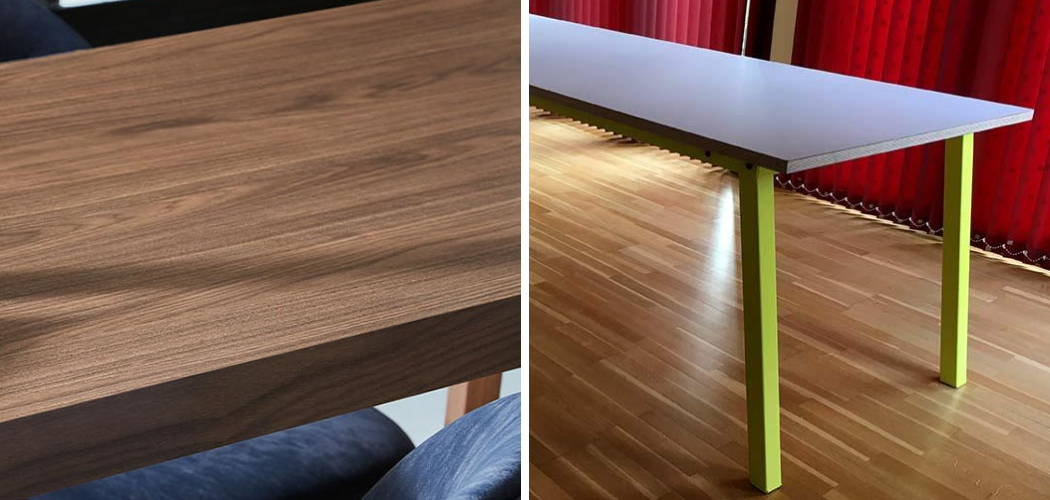Restoring a Formica table top can revitalize a worn or dated piece of furniture, bringing it back to its former glory. Formica, known for its durability and versatility, is a popular choice for table surfaces due to its resistance to scratches, stains, and heat. Over time, however, Formica may show signs of wear, such as scratches, stains, or dullness, detracting from its appearance. This article aims to provide a comprehensive guide on how to restore formica table top.
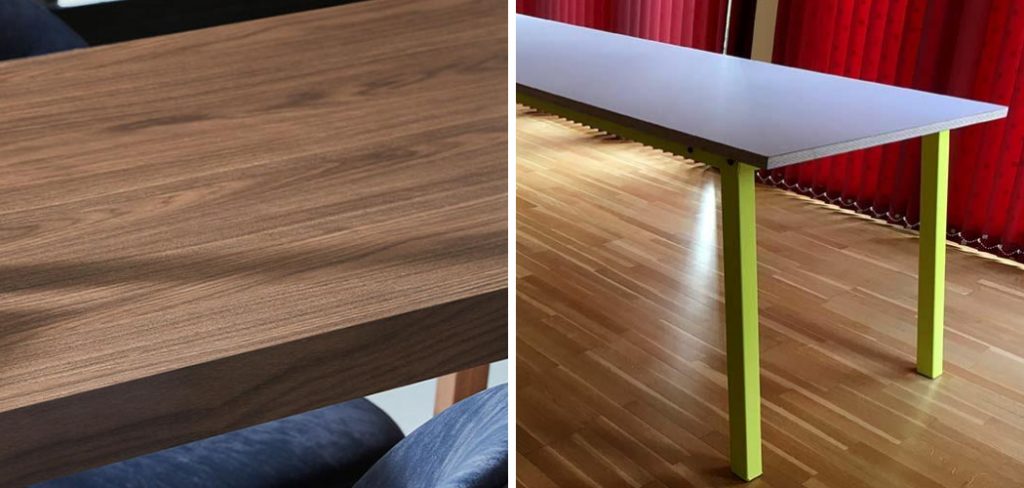
Fortunately, restoring a Formica table top is a straightforward process that can be accomplished with a few simple steps. From cleaning and repairing minor damage to refinishing the surface for a fresh, like-new look, there are various techniques to breathe new life into your Formica table. This article will guide you through each step of the restoration process, providing practical tips and expert advice to help you achieve stunning results and extend the lifespan of your Formica table top.
The Benefits of Restoring a Formica Table Top
Restoring a Formica table top offers several significant benefits.
Firstly, it is a cost-effective solution compared to replacing the entire table. By investing a small amount of time and money into restoration, you can achieve a refreshed, like-new appearance without the expense of purchasing new furniture.
Secondly, restoration helps to preserve the sentimental value of a table, especially if it is a treasured family heirloom or has emotional significance. Additionally, restoring your Formica table is an environmentally friendly option, reducing waste by preventing functional furniture from ending up in a landfill.
Lastly, a well-maintained table top enhances the aesthetics of your living space, providing a clean, polished surface that can elevate the overall look of your room.
10 Methods How to Restore Formica Table Top
1. Thorough Cleaning and Preparation
The first step in restoring a Formica tabletop is thorough cleaning and preparation. Begin by removing any items from the table and wiping down the surface with a damp cloth to remove loose dirt and debris. For tougher stains or sticky residues, use a gentle cleanser or a mixture of warm water and mild dish soap.
Apply the cleaner with a soft sponge or cloth, scrubbing gently to avoid scratching the surface. Rinse the table with clean water and dry it completely with a soft towel. Proper cleaning is essential to ensure that any subsequent restoration steps, such as sanding or applying new finishes, adhere properly to the surface.
2. Repairing Minor Scratches and Chips
Minor scratches and chips are common on Formica tabletops and can be repaired relatively easily. For light scratches, use a Formica repair paste or laminate repair paste, available at most hardware stores. Choose a color that closely matches your tabletop.
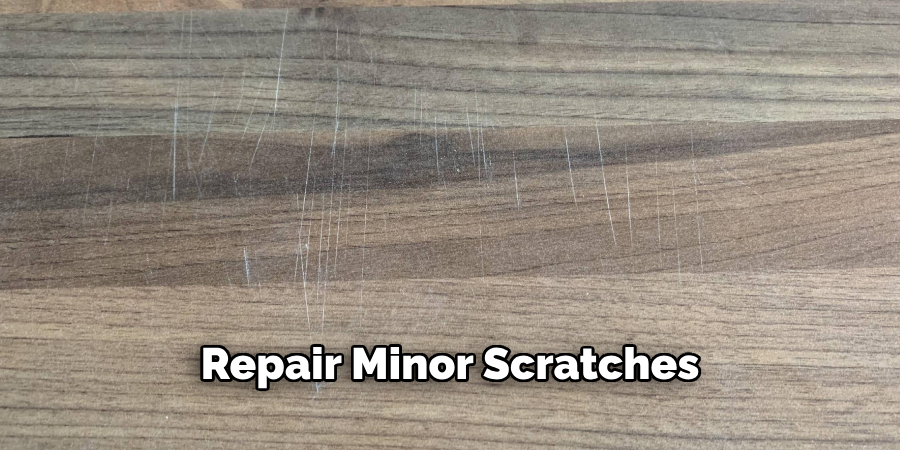
Apply the paste with a small putty knife, filling in the scratches and smoothing it out to be level with the surface. Allow the paste to dry according to the manufacturer’s instructions, and then lightly sand the area with fine-grit sandpaper (around 220-grit) to blend it with the surrounding surface. For larger chips, you may need to use a laminate repair filler, following the same steps to achieve a smooth, even surface.
3. Sanding for a Smooth Finish
Sanding the Formica tabletop helps to remove surface imperfections and prepare it for refinishing. Use fine-grit sandpaper (220-grit or higher) and sand the entire surface lightly, applying even pressure to avoid creating uneven spots. Sand in a circular motion or follow the grain if it’s visible.
The goal is not to remove the Formica but to create a slightly roughened surface that will help new finishes adhere better. After sanding, wipe down the table with a damp cloth or tack cloth to remove all sanding dust. Sanding ensures a smooth and clean surface, which is crucial for the next steps in the restoration process.
4. Applying a Laminate Polish
Using a laminate polish can restore the original shine and luster to your Formica tabletop. Choose a high-quality laminate polish specifically designed for Formica surfaces. Apply a small amount of polish to a soft, clean cloth and rub it onto the tabletop in circular motions.
Work in small sections to ensure even coverage. Allow the polish to sit for a few minutes as directed by the product instructions, then buff the surface with a clean, dry cloth to bring out the shine. Regular use of laminate polish can keep your Formica tabletop looking fresh and new, protecting it from everyday wear and tear.
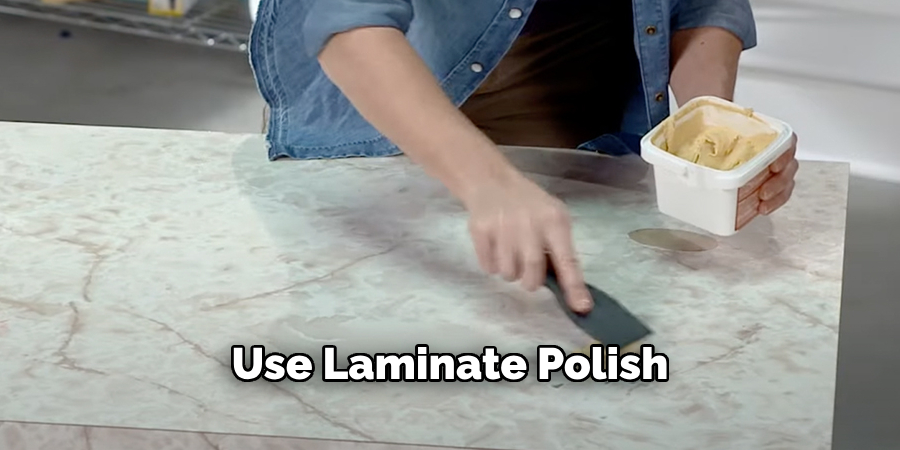
5. Using a Formica Refinishing Kit
Formica refinishing kits are available and provide a comprehensive solution for restoring worn or damaged tabletops. These kits typically include a cleaner, a primer, a paint or finish coat, and sometimes a topcoat or sealer. Follow the instructions included with the kit for best results.
Start by cleaning the table and applying the primer to ensure good adhesion. Once the primer is dry, apply the paint or finish coat, following the manufacturer’s directions for drying times and number of coats. Finish with the topcoat or sealer to protect the surface. Refinishing kits are an effective way to give your Formica tabletop a complete makeover, restoring its appearance and durability.
6. Applying Contact Paper or Laminate Sheets
If your Formica tabletop is severely damaged or you desire a completely new look, applying contact paper or laminate sheets can be an excellent solution. Contact paper comes in various designs and finishes and is easy to apply. Measure the tabletop and cut the contact paper to size, allowing a little extra for trimming.
Peel off the backing and carefully apply the paper to the surface, smoothing out any air bubbles with a squeegee or credit card. For a more permanent solution, laminate sheets can be glued onto the surface. Cut the laminate to size, apply contact cement to both the table and the back of the laminate, and press them together. Trim any excess laminate with a router or utility knife. This method effectively covers imperfections and provides a fresh, new surface.
7. Sealing with Epoxy Resin
Epoxy resin is a durable and glossy finish that can protect and enhance the appearance of your Formica tabletop. Start by cleaning and sanding the surface to ensure good adhesion. Mix the epoxy resin according to the manufacturer’s instructions, being sure to work in a well-ventilated area.
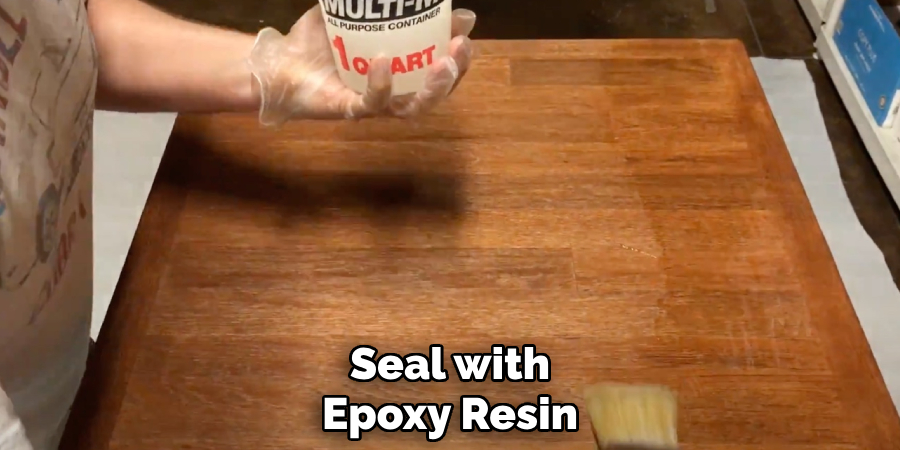
Pour the mixed resin onto the tabletop, starting in the center and spreading it evenly with a foam brush or a spreader. Use a heat gun or a blowtorch to remove any air bubbles that form. Allow the resin to cure completely, which may take 24 to 72 hours depending on the product. The epoxy resin creates a hard, clear surface that is both attractive and highly durable, making it an excellent choice for high-use areas.
8. Repainting the Surface
Repainting your Formica tabletop can give it a completely new look and extend its life. Choose a high-quality enamel or acrylic paint designed for laminate surfaces. After cleaning and sanding the table, apply a bonding primer to ensure good adhesion.
Once the primer is dry, apply the paint in thin, even coats using a foam roller or a brush designed for smooth surfaces. Allow each coat to dry completely before applying the next. Two to three coats are usually sufficient for good coverage. Finish with a clear polyurethane topcoat to protect the painted surface. Repainting is a cost-effective way to refresh your tabletop with a new color or finish.
9. Using Heat to Remove Dents
Small dents and depressions in a Formica tabletop can sometimes be repaired using heat. Place a damp cloth over the dent and apply a hot iron on top for a few seconds. The heat and moisture can help to swell the compressed area, raising it back to its original level. Be careful not to leave the iron on too long, as excessive heat can damage the Formica. This method is particularly useful for shallow dents and can be a quick fix for minor imperfections. Always test this technique on an inconspicuous area first to ensure it doesn’t cause damage.
10. Professional Restoration Services
If your Formica tabletop has significant damage or if you prefer a flawless finish, consider hiring professional restoration services. Professionals have the tools, materials, and expertise to restore Formica surfaces to like-new condition. They can repair deep scratches, chips, and other damage more effectively than DIY methods.
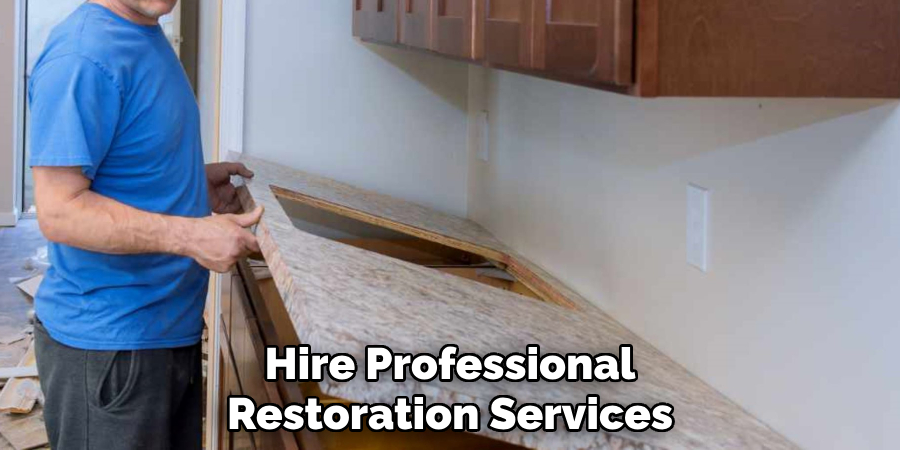
Additionally, professionals can apply high-quality finishes and coatings that will extend the life of your tabletop. While this option is more expensive than DIY methods, it ensures the best possible outcome, particularly for valuable or antique pieces. Professional restoration can breathe new life into your Formica tabletop, making it a worthwhile investment for long-term use.
Conclusion
Restoring and maintaining your Formica tabletop can significantly extend its lifespan and keep it looking its best. By following these various methods, from simple cleaning and polishing to more intensive refinishing and professional restoration, you can address a wide range of issues such as scratches, dents, and dullness. Whether you choose to tackle the project yourself or enlist the help of a professional, ensuring your Formica tabletop remains in good condition will not only enhance its appearance but also its functionality. Thanks for reading, and we hope this has given you some inspiration on how to restore formica table top!
